Introduction
Achieving a disappointing DxOMark Mobile Score of 68 the latest HTC One M8 ranks 15th overall on our database. This is a full 11 points off the class leading Samsung GS5 and Sony Z2, both with 79 points, and places the HTC One M8 behind all of its main competitors for image quality.
Boasting a quad-core 2.3Ghz Snapdragon 801 processor with 2Gb RAM however, this latest incarnation of HTC’s flagship mobile device should be pretty snappy. It runs Google’s latest Android KitKat operating system (4.4.2), which has been overlaid with HTC’s custom Sense 6.0 skin to add a few extras features. The build quality is also excellent featuring an all-metal chassis with a textured finish and a curved ergonomic design which the handset a stylish finish. The M8’s screen offers a 5.0in 1920x1080px display, which comes in at a slightly lower overall 441ppi resolution compared to the original 469ppi HTC One, but there’s still plenty of resolution for a sharp and crisp display.
The rear-facing camera features a 4.1Mp 2688x150px sensor, which is significantly lower resolution than many of its most recent competitors, such as 16Mp Samsung GS5, the 41Mp Nokia 808 or the 20Mp Sony Z2. It’s perhaps not surprising therefore the HTC One M8 appears to be well off the pace for image quality. Lets delve deeper into DxOMark Photo & Video Scores to see how it performed in different areas.
The HTC One M8’s Overall Photo score of 70 is a long way off the pace compared to the class leading Samsung GS5 with 88, but under the right conditions it’s capable of some good results. The M8 is certainly more suited to the outdoors and when shooting in good light its colours are vivid and pleasant with well-controlled luminance noise.
Outdoor exposures were also good with balanced brightness, although backlit scenes were generally underexposed in the darker areas to retain detail in brighter tones such as a sky. On the occasions the M8 did correctly expose for the shadows then areas of white were often over-exposed, but to be fair this isn’t unusual when shooting High Dynamic range.
Some pink colour shading is evident towards the corners on both outdoor and indoor shots, and shooting under a low-light condition (20 lux) with a tungsten light source.
White Balance tends to be slightly pink, too. Working under extreme low-light conditions (5 lux) exposures were also slightly under-exposed but reasonable for this extreme of brightness.
It is image quality for sharpness and noise when in low light that really lets the HTC One M8 down however. There’s a noticeable loss of detail in smoothed areas and textured details display strong chrominance noise. We also noticed some inconsistencies in sharpness across successive images shot under low light with one shot displaying good sharpness and the other poor in comparison.
Where a sharp image has been captured however there’s no discernable difference in resolution between the centre and the edge of the frame, which is bonus. On the downside however artefacts, or optical flaws, are prevalent in many images with strong colour fringing and ringing visible when viewing images are 100%. Some slight aliasing is evident in many images, too.
If you need to use flash then results are on the whole pretty good with no overexposure, good detail preservation and accurate colour balance. The main problem with flash however is it appears not to be correctly centre resulting in the flash being slightly brighter in the right hand side of the frame, which you can see from our test show below. The difference isn’t that strong however so shouldn’t make much difference to flash photos mixed with some natural light. Finally for stills autofocus performance on the M8 is a bit of a mixed bag. On the plus side its performance was nippy and accurate in all light conditions, but we found that global acutance across the image was generally not very strong.
VIDEO IMAGING RESULTS: Lack of stabilisation a problem
The HTC One M8’s overall DxOMark Mobile Video score of 63 could easily be misconstrued as the video element of this Smartphone does perform well in some areas. With many video category scores up in the 70’s and 80’s it’s the lack of image stabilisation and autofocus controls that drag down the M8’s video score. In both good and low light conditions its auto exposure is good, if not great, with some over-exposure shooting outdoors and steps in luminance visible upon exposure changes. Video texture in the finer details is excellent however and in both bright and low light Noise is handled well, too. Video colour does leave a little bit to be desired though, with inaccurate white balance, particularly in low light, and either a red or blue cast visible depending on the light source used.
Furthermore with no continuous autofocus during video capture and no stabilisation either, capturing smooth and sharp videos on the HTC One M8 is going to be a challenge.
Photo Pros
- Nice and pleasant colours outdoors.
- Good details for outdoor images.
- Fast and precise autofocus in outdoor condition.
Video Pros
- Good textures
- Good noise reduction
Photo Cons
- Rendering of high-dynamic scenes is lacking accuracy.
- White balance is inaccurate in some situations.
- Significant sharpness instability in low light conditions.
- Loss of detail and strong noise in low light.
- Clearly visible fringing and color shading in outdoors.
Photo Imaging Results: Best in well-balanced good light
Video Cons
- White balance is often inaccurate.
- No video stabilization.
- No continuous autofocus.
- Visible steps in luminance during exposure changes.


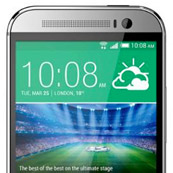




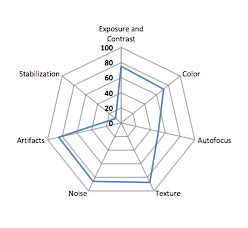



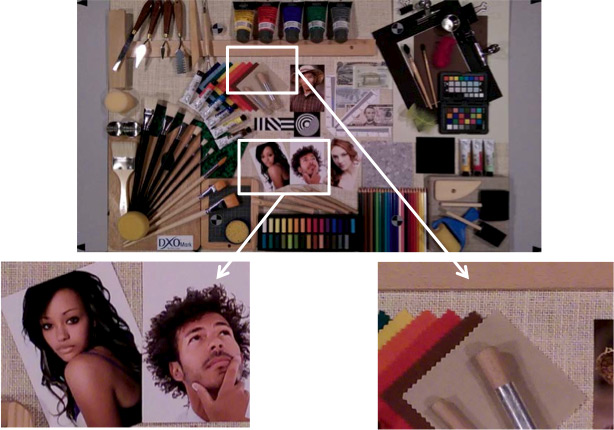
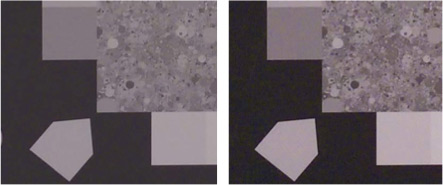
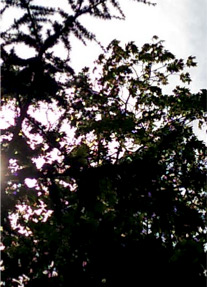

DXOMARK encourages its readers to share comments on the articles. To read or post comments, Disqus cookies are required. Change your Cookies Preferences and read more about our Comment Policy.